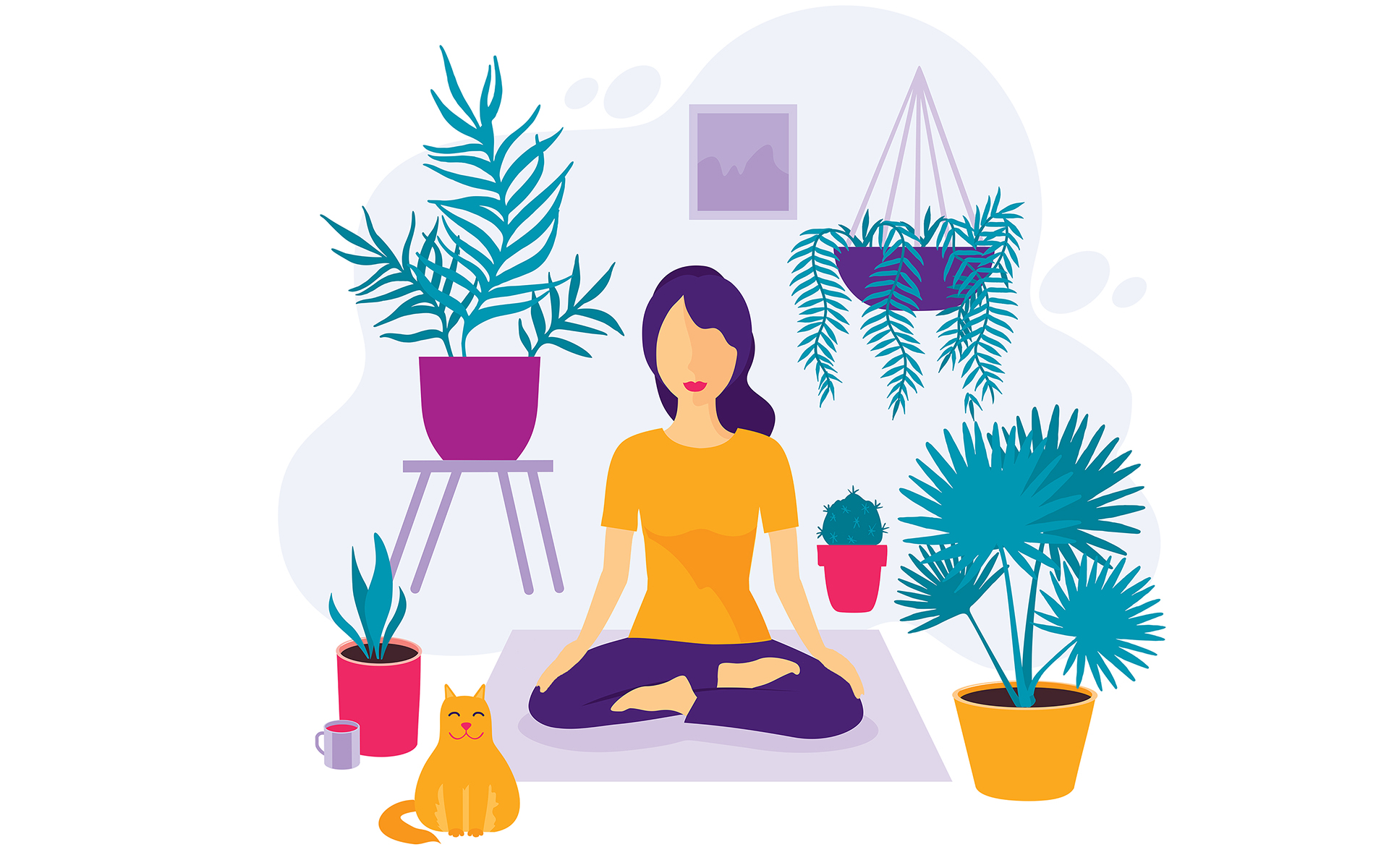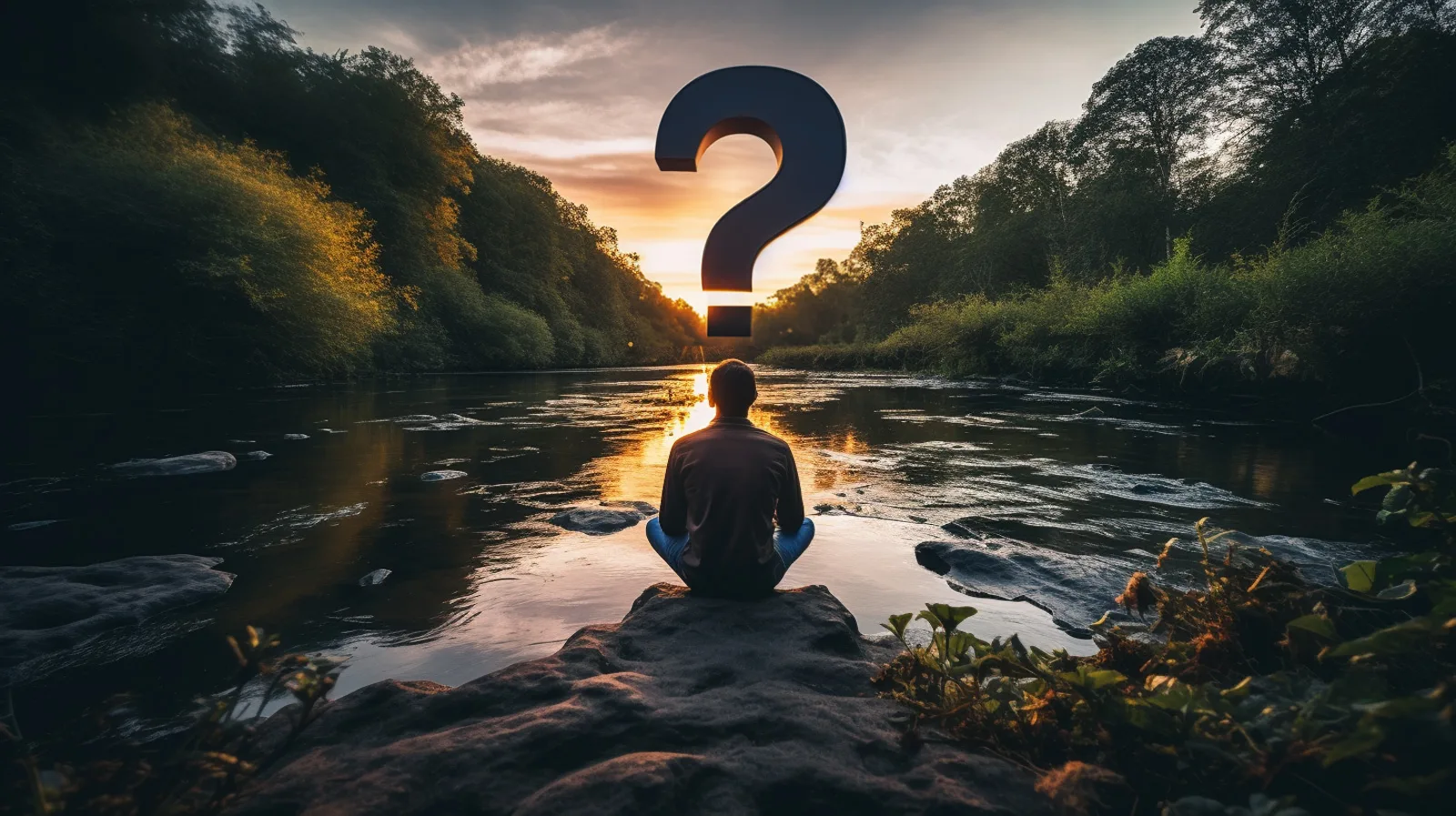A Step-by-Step Strategy on How to Meditate? for Stress and anxiety Alleviation
A Step-by-Step Strategy on How to Meditate? for Stress and anxiety Alleviation
Blog Article
How to Meditate: A Detailed Approach to Achieving Mindfulness and Calm
Reflection serves as a powerful device for attaining mindfulness and psychological tranquility in a fast-paced world. By understanding the essential principles and methods entailed in reflection, individuals can cultivate a practice that boosts their general wellness.
Recognizing Meditation
Comprehending reflection includes comprehending its essential concepts and methods, which act as the foundation for the practice. At its core, reflection is a psychological workout aimed at promoting leisure, constructing interior energy, and developing concern and understanding. The method motivates individuals to concentrate their focus, usually via methods such as deep breathing, visualization, or rule repetition.
Meditation can be categorized right into numerous designs, including mindfulness, transcendental, and loving-kindness meditation, each with distinct purposes and techniques. Mindfulness reflection highlights present-moment awareness and non-judgmental observation of ideas and sensations, while transcendental reflection includes making use of particular mantras to go beyond average mind. Loving-kindness reflection concentrates on establishing an attitude of love and compassion in the direction of oneself and others.
Despite the strategy used, the key goal stays regular: to grow a deeper understanding of the mind and its patterns. This self-awareness promotes psychological resilience, clearness of idea, and a profound feeling of calmness (How to meditate?). By understanding these methods and concepts, individuals prepared for a successful meditation technique that can dramatically enhance their general well-being
Planning For Your Practice
Prior to starting your reflection method, it is necessary to develop an atmosphere favorable to concentrate and relaxation. Select a silent area where you are unlikely to be interrupted. This might be an edge of a room, a yard, or any area that evokes a sense of tranquility. Ensure that the area is complimentary and tidy of mess, as a clean atmosphere can help remove the mind.
Take into consideration the lighting, as natural light can enhance your state of mind and power. Soft, cozy lighting is typically extra relaxing than harsh fluorescent lights. Additionally, pick a comfy temperature level, guaranteeing that you are neither too hot nor too cold.
Incorporating aspects that promote serenity can even more enhance your experience. This may include soft cushions or blankets for convenience, along with relaxing fragrances from necessary oils or scent. It can likewise be helpful to have actually a timer established for your reflection session to stop disturbances from clock-watching.
Standard Meditation Techniques

One more reliable technique is body scan reflection. This entails mentally scanning your body from head to toe, observing any areas of stress or pain and consciously unwinding those click muscular tissues. This practice promotes a much deeper connection between your mind and body.

Last but not least, loving-kindness reflection focuses on growing empathy towards on your own and others. Quietly repeat phrases of a good reputation, improving emotional health and interconnectedness. Each of these methods offers as a structure for your meditation trip, enabling you to locate the technique that resonates ideal with your personal technique.
Preserving Focus and Mindfulness

Establishing a devoted meditation area can improve the capability to preserve mindfulness. A peaceful, clean atmosphere minimizes diversions, permitting for much deeper immersion in the method. Furthermore, setting a time frame can help manage expectations; beginning with much shorter sessions might relieve the shift into longer methods.
Using methods such as body scanning or observing sensations can also bolster mindfulness. These methods urge experts to remain present and engaged with their physicality, anchoring their attention in the moment. Normal technique is crucial; the mind constructs resilience in time, producing a stronger capability for focus.
Incorporating Reflection Into Day-to-day Live
Including reflection right into day-to-day live can change regular tasks into chances for mindfulness and self-reflection. By integrating mindfulness methods into common tasks, individuals can grow a higher sense of visibility and peace in the middle of the busyness of daily life.
Begin by determining minutes throughout your day where you can pause and practice mindfulness. Also mundane activities like washing recipes or walking can become chances for reflection by routing your interest to the feelings of activity and the audios surrounding you.
Additionally, alloting committed times for reflection can reinforce its method. Beginning with brief sessions, gradually enhancing duration as you come to be extra comfortable. Use pointers or hints-- like a specific time of day or a calming noise-- to develop uniformity.
Ultimately, the objective is to weave mindfulness right into article source the textile see this page of day-to-day live, permitting you to come close to each moment with intent, consequently improving your general sense of wellness and clearness.
Final Thought
In verdict, efficient meditation calls for a quiet setting, a comfortable placement, and an emphasis on the breath. Normal reflection, even in brief sessions, fosters a deeper connection to the existing moment, inevitably leading to better calmness and mental clearness in day-to-day life.
Meditation can be classified into different designs, including mindfulness, transcendental, and loving-kindness reflection, each with distinctive functions and techniques. Mindfulness meditation highlights present-moment awareness and non-judgmental observation of feelings and ideas, while transcendental reflection involves the use of details mantras to transcend average thought processes.With your reflection room prepared, it's time to explore different standard reflection techniques that can assist grow mindfulness and internal tranquility.Regularly preserving emphasis and mindfulness throughout reflection can be challenging, particularly for those brand-new to the technique.Developing a devoted meditation area can boost the ability to maintain mindfulness.
Report this page